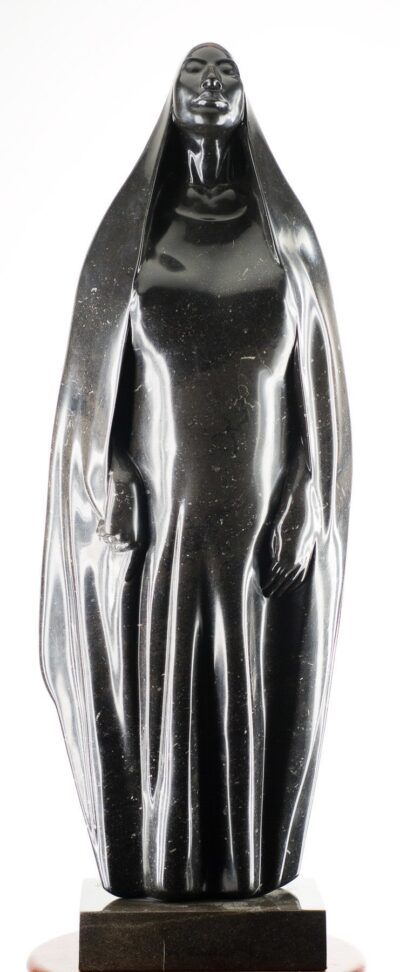Amaya
(Mexican, born 1935)
Biography
Armando Amaya is one of Mexico’s great interpreters of the female form. Like much of the evocative art created in the Latin American tradition, Amaya’s work is a confluence of European and indigenous esthetics. Born in Mexico City in 1935, Amaya studied at the National School of Painting and Sculpture under Jose Ruiz and Francisco Zuñiga. Later, he was appointed a Professorship at this same institution in 1969. He received much of his art training at the Esmeralda School, which was formed by a group of artisans producing government works.
In addition to benefiting from his formal training, Amaya also learned from his environment. His attachment to organic forms is rooted in his formative years as when he lived outside of Mexico City, in a small town, where intimacy with nature was part of his everyday experience. His sensitivity to nature taught him reverence for growth, for developing and unfolding shapes. Amaya works directly from the model whether sculpting in terracotta clay, bronze or marble. His portrayal of the female body is dignified, graceful and unique, a melding of the Mexican Figurative movement with modernist experimentation.
Amaya’s sculptures are in private and public collections throughout the United States, Canada, Japan, Ecuador, Mexico and other Latin American countries.
